After you read my 3 part tutorial for the beginner photographer you got wise and smart. 🙂 Haha. Then you read the post about sensors and now you are ready to make the big move. Getting yourself the gear. But hey ? What’s that an a post about lenses ? Yes it is ! Besides knowing what sensor and what kind of body you need, it is also important what kind of lenses you need.
With lenses it is the same as with camera bodies. Get what you need, not what you want. And that is going to be difficult with all that nice stuff available !
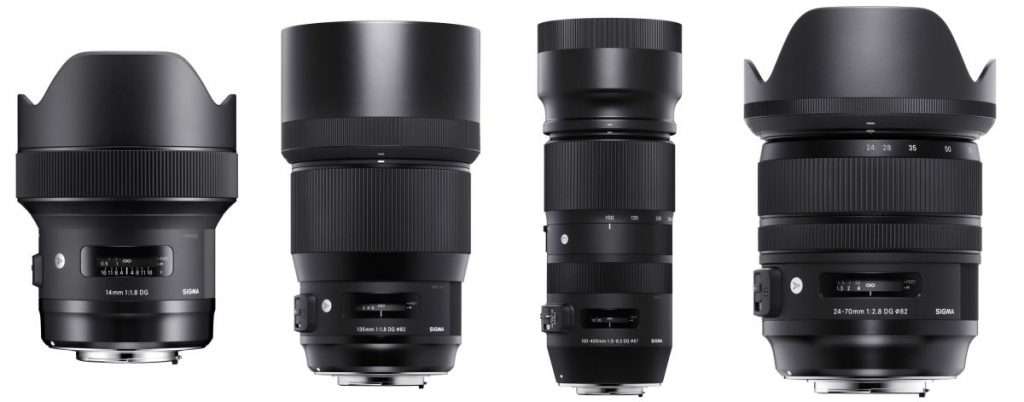
Lenses
There are so many lenses for the beginner, advanced and pro photographer that you don’t know where to start. Really. For every type of photography and photographer there are lenses from various brands. For portrait, landscape, wildlife, etc. you name it, you can find it. And in various prices too. From dirt cheap to filthy expensive. From manual to full autofocus. From prime lenses to zoom lenses. The choice is U-N-L-I-M-I-T-E-D.
First I make a separation between the different formats. As you read in my post ‘Full Frame, APS-C, M4/3. Does sensor size matter ?‘ you have read that lenses depend on sensor size.
Full Frame Lenses
Lenses specially designed for Full Frame sensor size cameras, DSLR and Mirrorless. Full Frame or 35mm sensor size is the ‘mother’ of all sensors. For our understanding and for comparison reasons everything is being calculated back to the eqv. of Full Frame.
Full frame lenses can be used for full frame cameras and for aps-c cameras. you only get a different field of view. That means that you have the to multiply the focal length with the measurement of the crop sensor, being 1,5. (for Canon 1,6). Example a Full frame 24-70mm lens becomes a 36-105mm on a APS-C sensor. Reverse it is only possible on certain higher end Full Frame camera bodies. They have a feature that you can use APS-C lenses on a Full frame body.
In Full frame lenses you have the widest choice. From super wide angle to large telezoom lenses. From small manual focus prime lenses to super fast prime lenses. Really, there are so much lenses from so many brands.
APS-C Lenses
Lenses specially designed for APS-C sensor size cameras, DSLR and Mirrorless. Many APS-C cameras come with a standard zoom lens specially for APS-C sensor sized body. But for beginner and pro photographers there is not much choice in APS-C lenses. This comes from the old days. You started with an APS-C body and lens and upgrade to a Full frame body and lens. The big brands never invested in a good and solid lens line up for APS-C. It where the third party brands like Tamron, Sigma, Tokina, etc. who invested in lenses specially for APS-C.
The 3rd party brands and big brands never invested in quality lenses which you can compare with the Canon full frame L series for example. And that’s a shame. APS-C bodies, these days, are so good that they deserve a comparable lens line up.
Lucky us, there are systems, like Fujifilm, who offer a complete system with a wide range of quality lenses. But the problem with these systems is that you can only use them with that specific system.
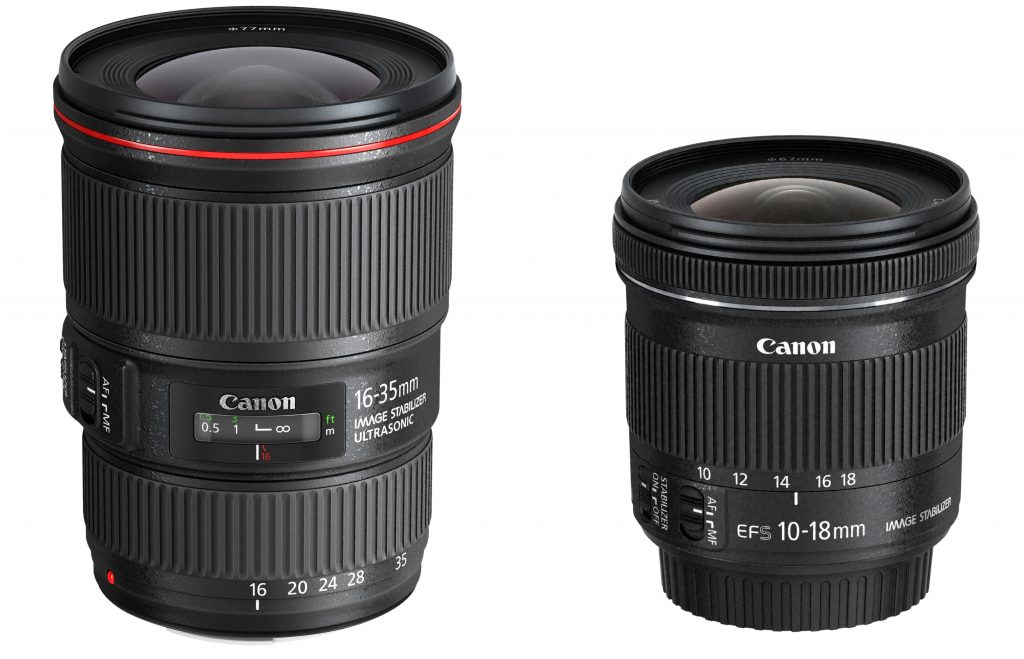
The crop factor (sensor size) for most APS-C lenses is 1,5. So when you see a lens, say a Canon wide angle 10-18mm, and you want know what the full frame eqv. is, you multiply with 1,5. In this case the Canon 10-18mm becomes a 16-28,8mm. (multiplied with 1,6 because it’s Canon).
M4/3 Lenses
Lenses specially designed for M4/3 sensor size cameras, Mirrorless only. M4/3 stands for Mirco Four Thirds. This mirrorless system was introduced by Olympus and has been adopted by Panasonic/Lumix. When the system was introduced it was lagging behind in image quality. Fast forward to today the system has matured and got a lot better. So much better that it can compete with full frame sensors. The M4/3 sensor is quite small, the crop factor is 2. That means that the complete system is very small. If you see a M4/3 lens it’s half the size of a comparable APS-C lens and about 1/3 third of a comparable full frame lens. So if you want a small system have a look at these cameras.
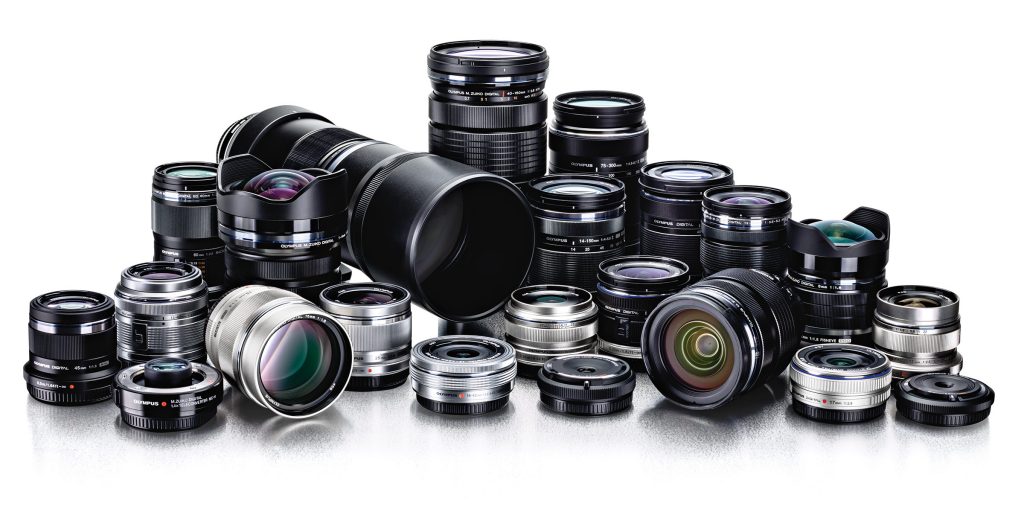
The lens line up has also evolved. Now you can get budget and fast high quality prime lenses and zoom lenses. But same as the Fujifilm system, you can only use it on M4/3 camera bodies.
As far as I know Olympus and Panasonic Lumix are the only ones who use this system. There are very little 3rd party lenses available so you always need to look at 1 of these brands. The good thing is that they have invested quite a bit in their lens line up so you can find something in any focal length that suits your need. Because of the small sensor, all the lenses are very small which makes it an ideal partner for travel photographers who want very good image quality in a small package. On the website of Micro four Thirds you can read more about the complete sytem.
Primes and Zooms
In the world of lenses there a 2 types of lenses. Prime lenses and Zoom lenses. A prime lens is a single focal length lens and a zoom, well that is clear, have more focal lengths. In the old days prime lenses used to be quite a bit better than zooms. Now: the differences are nearly gone. You only can see the difference when you take a high quality prime lens.
With these 2 types of lenses you also have differences in quality. Zoom lenses can be dirt cheap and covering a great focal length. But you also have very expensive zoom lenses. Same for prime lenses. The Zeiss Otus 85mm F1.4 is considered one of the very best portrait lenses but comes at a price (3,700USD). With zoom lenses it is a little bit different. More 3rd party lens makers offer cheaper versions of the same versions of the big camera brands. Say the Canon 24-70mm F2.8 L series was and is one of the best zooms available. But at a price (2500USD). Tamron and Sigma offer a similar lens at half the cost but with nearly the same performance.
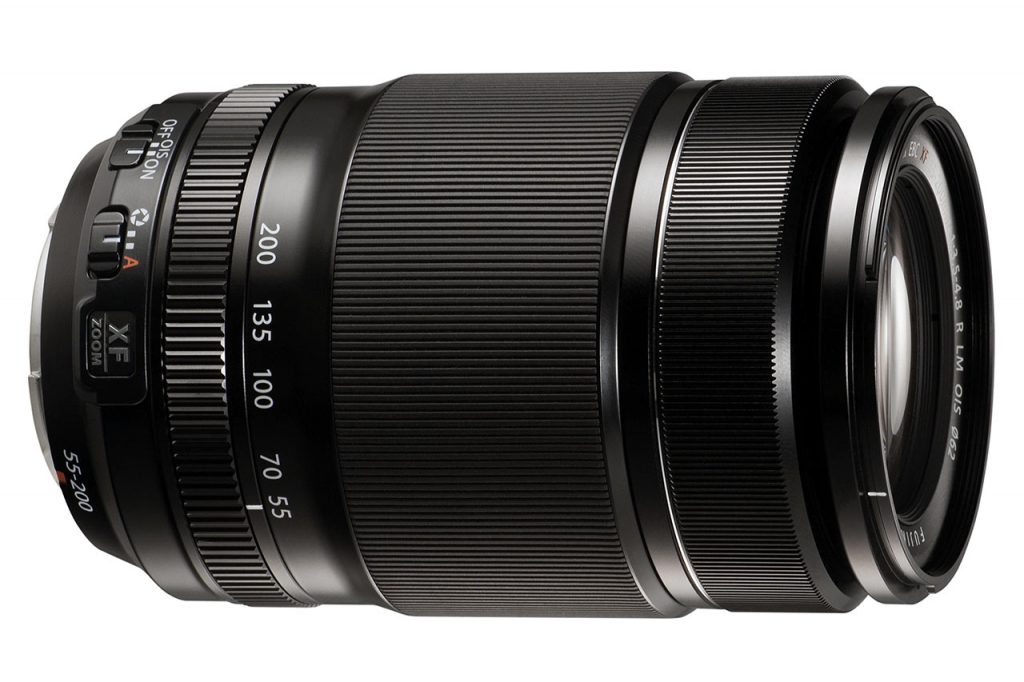
3rd Party lens makers have come a long way, especially the last 2 years. Sigma released one after the other Art series lenses. Some of these lenses are even better than the ones from the big brands. Tamron joined the fight and produced some great long zooms and primes at a fraction of the costs, when compared with the big brands. It is worth to have a look at 3rd party lenses. Tamron, Sigma, Rokinon/Samyang, Tokina, Voigtlander, etc.
Fast and not so fast lenses
Now that we know about the lenses for different sensor types, we are going to learn about fast and not so fast lenses. So what is a fast lens ? A fast lens means that the lens has a very large aperture. Meaning that the F number of the lens is very low. Example: a 50mm F1.8 is considered a fast lens. A 85mm F1.2 is a fast lens and a 35mm F1.4 is also a fast lens. A 24-70mm F2.8 is a semi fast lens and a 18-55mm F3.5-F5.6 is a standard lens. ( I will explain about F numbers and how this all works in a seperate post. The info is just too much to put it all in this post).
Standard kit lenses are usually an 18-55mm F3.5-F5.6 or a 18-135 F3.5-F5.6 or a 16-55 F3.5-F5.6. That means that at the wide end (the first number) the lens is F3.5 and and the long end F5.6. More about that in a seperate post.
The lower the F number the faster the lens. Prime lenses are mostly the fastest lenses. Zoom lenses are rarely faster than F2.8 and if they are faster than the zoom range is smaller. For example the Sigma 18-35mm F1.8 is the fastest zoomlens but as you can see the zoom range is quite small. Making a very fast zoom lens with a decent zoom range is possible but due to the immense amount of glass and groups the lenses would be huge and very heavy.
Fast autofocus prime lenses are usually quite large and heavy. Fast prime manual focus lenses are smaller and lighter because they lack all the electronics and systems that you need for autofocus. Semi fast autofocus zoom lenses are also quite large. And fast autofocus telephoto lenses (anything over 200mm) are just huge and heavy. And that is just because the huge amount of glass that is needed to get that light into the lens.
Understanding ‘Fast’
As said the lower the F number the faster the lens, the wider the aperture. We all know these photos from flowers and portraits with just the object sharp and in focus. The rest of the photo is blurred out (that is what we call ‘Bokeh’). Those photos are being shot with ‘fast’ lenses. If you want to shoot photos like that you need a lens that is F2.8 or faster. In short: The lower the F number the more light comes in.
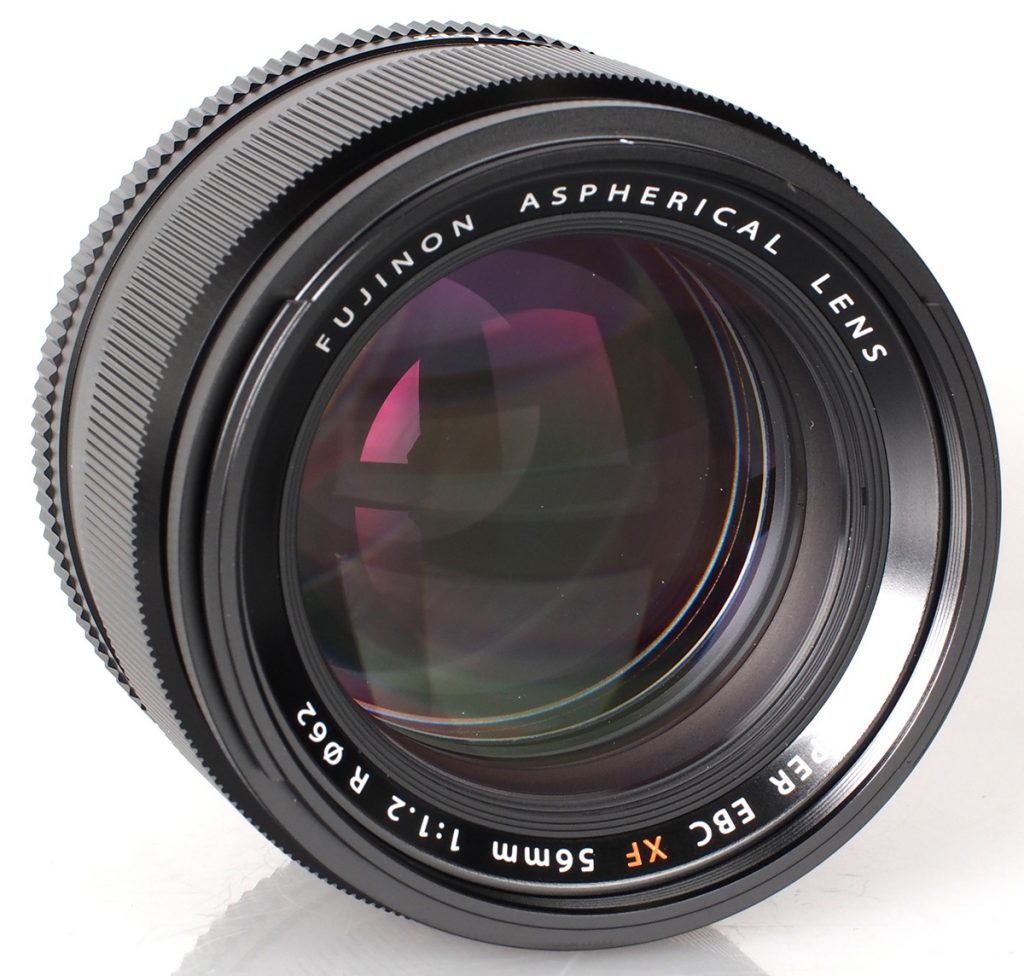
Depth-of-field, object isolation and Bokeh
Depth-of-field: If you want a very shallow depth-of-field, you need a very fast lens. Depth-of-field means what is in focus in your scene and what is not. A very shallow depth-of-field means that only the object that is in focus is sharp, the rest is all blurred out. The shallower your depth-of-field, the more isolation, the faster your lens need to be. And reverse the same.
Object Isolation: The object in your scene that you want to have in focus and sharp.
Bokeh: The blurred out area, the area not in focus. In the photography world this is becoming an art form on itself. Thanks to the characteristics of fast lenses. There is bubble bokeh, star bokeh, hexagon bokeh, etc. It gets even that mad, that lenses are being judged on the kind of bokeh that they produce. Bokeh is produced by the number and shape of the aperture blades in the lens.
‘Not so fast’
Well this should be clear now. Most kit lenses that comes with your camera are mostly ‘not so fast’ zoom lenses. Low quality glass and cheap constructions. They are made out of plastic and offer only 1 optimized glass element. Also many of the glass elements are not coated to optimize light transmission, reduce flare, etc. But still with those cheap ‘not so fast’ kit lenses you can shoot decent photos. And it is good for learning. you can do all the stuff that I mentioned above but the effects of it are (much) less. These lenses are great for learning and understanding how this all works. Later you can upgrade to a ‘better’ lens.
Which lens is good for me ?
As said in my other tutorials: it all depends on what you shoot. For example: if you shoot landscape only, a wide zoom lens and a standard zoom lens will do. Note: you also can shoot landscape, etc. with prime lenses. The advantage of zoom is that you have more focal length flexibility in 1 lens. As with primes, you need to take several focal lengths with you. They don’t need to be very fast because you gonna stop them down anyway to create a deep depth-of-field. But if you are a portrait-only shooter you want to have a medium range prime lens and it should be fast too. Note: you can shoot portraits also with zooms. But prime lenses are faster and give better object isolation. Also the Bokeh (background blur) is nicer. As you see I cannot not tell you which lens you should get.
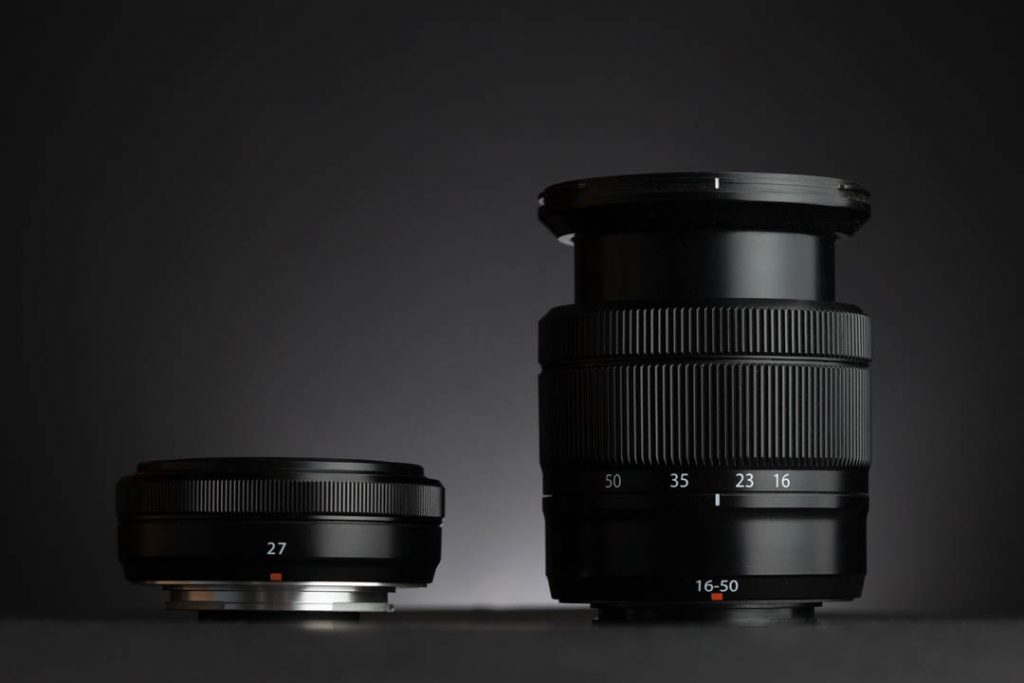
Once you know what you want to shoot, you also know what to get. My own experience: I shoot landscape, food and street. So I need a wide angle zoom, a standard zoom and maybe 1 or 2 primes. Note: It is really important that you know what you want and need. There is a lot of gear out there and it is easy to get lost in all that gear. Also it will cost you a fortune. Knowing what you want and need saves you a lot of money. You can spend that on travel for example.
Final
There is a whole lot more to tell about lenses. I can write a complete post about field-of-view for example. Or why expensive lenses are so expensive. Or how to stop a lens down to see where the lens is at its sharpest. Why certain photographers need the best-of-the-best lenses and others not. And there is much more.
The points in this post are the basics. This is what i think you NEED to know about lenses. The rest you will learn along the way. Study, try, investigate and practice. And practice more. You become a better photographer by practicing what you have read and learned. Good luck out there. Now go shoot something 🙂
Next Post
In my next post I will tell you about how to buy your photo gear. I will post different set ups at different prices. And the pro’s and cons of each set up.